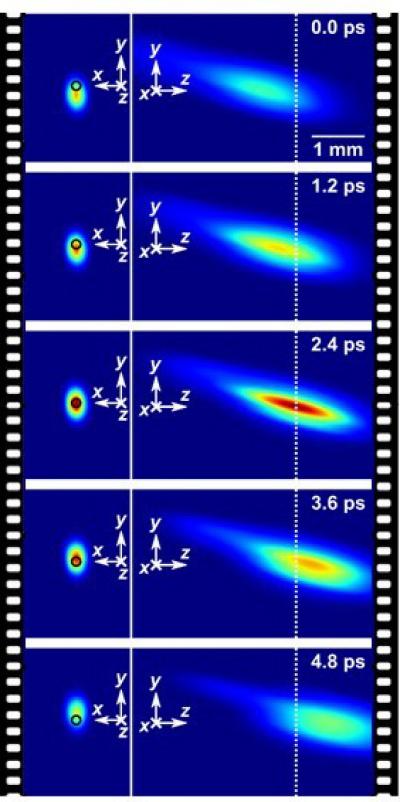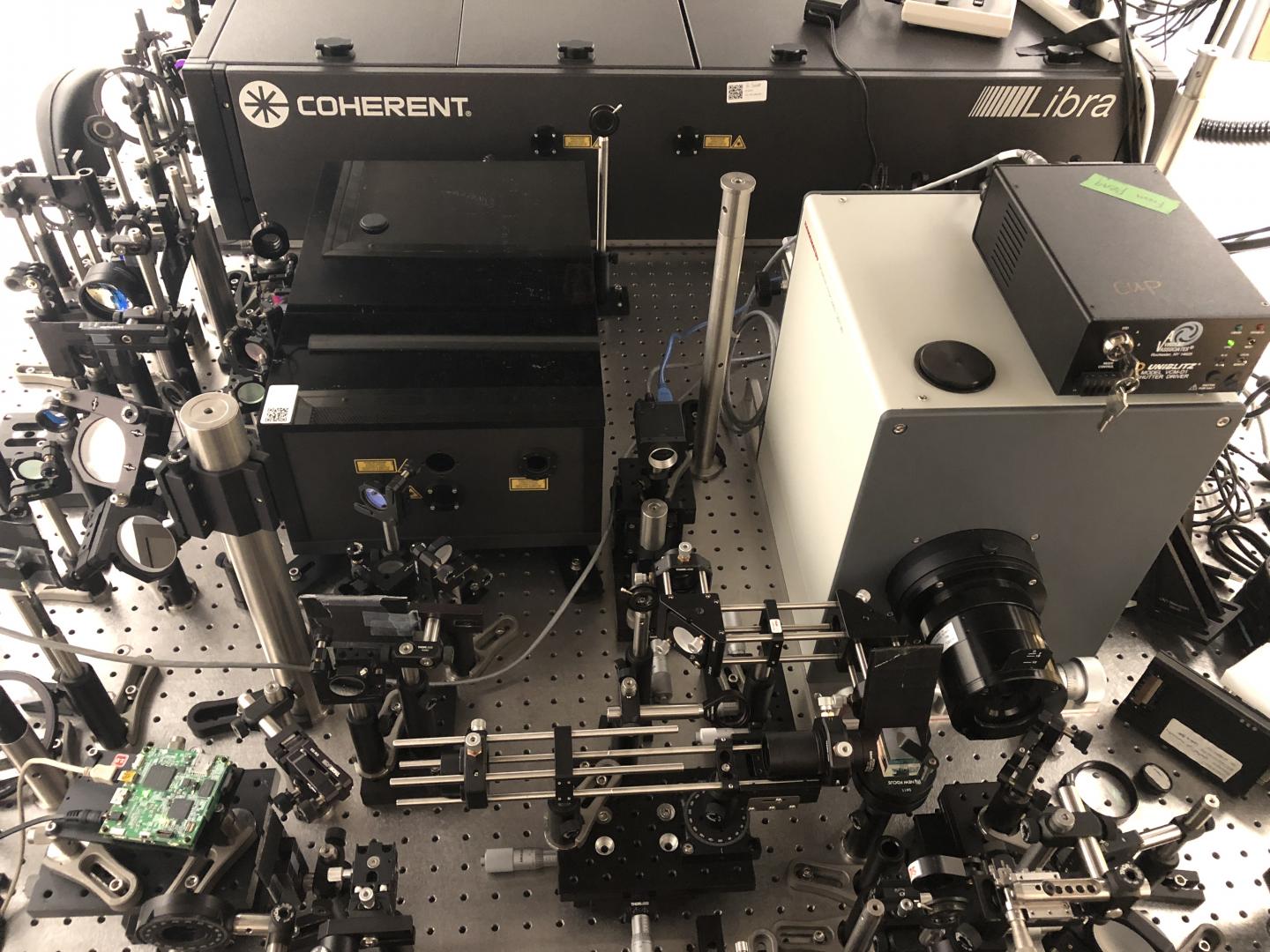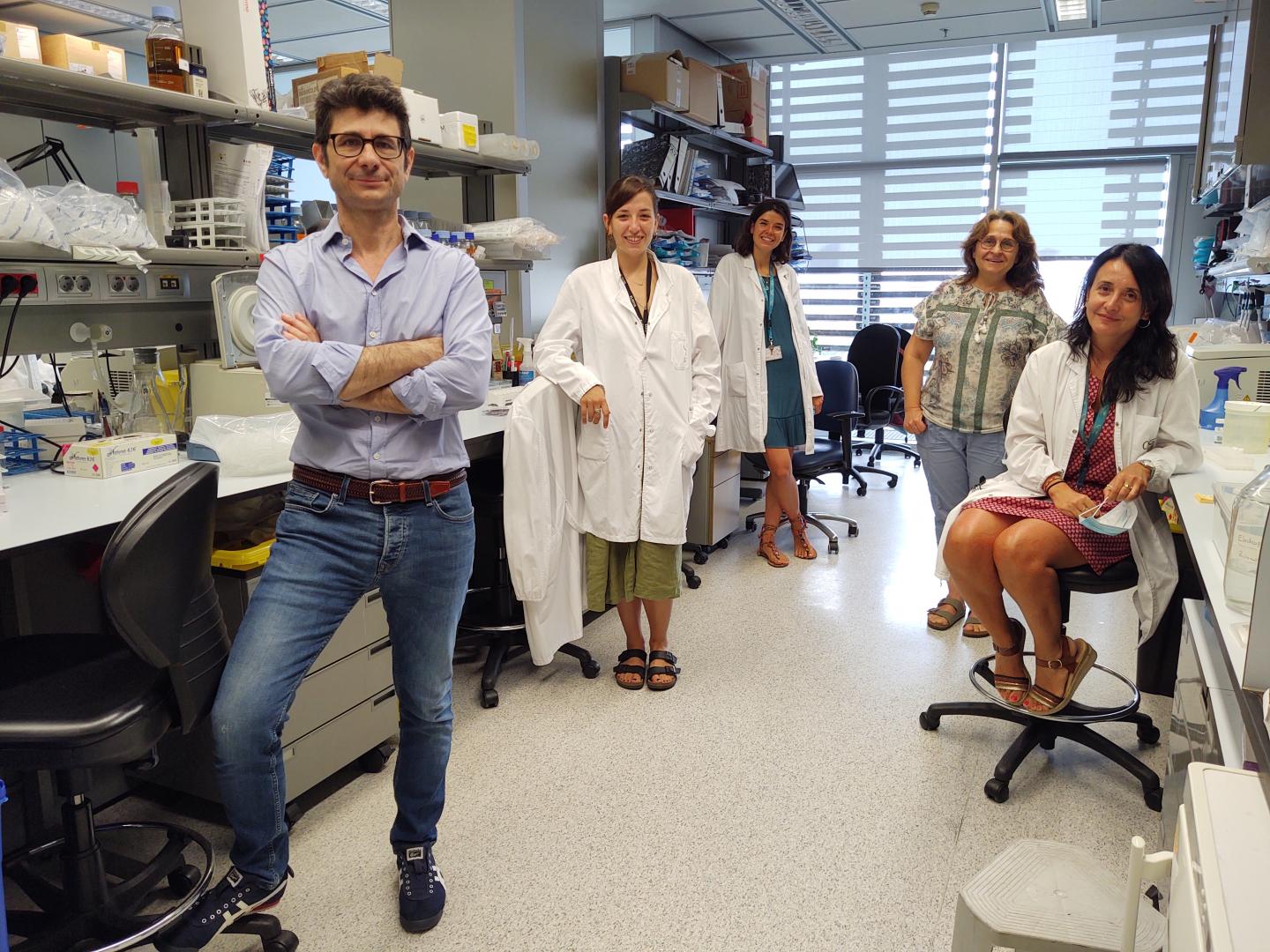A new ultrafast camera technology called T-CUP is making it possible to see extremely fast phenomena, even light, in slow motion.
By Kate Stone
A new camera technology is making it possible to see extremely fast phenomena, even light, in slow motion. Called T-CUP, the world’s fastest camera can capture ten trillion (10 exp 13) frames per second. To put that into perspective, high-speed cameras capture around 250 to 1,000 frames per second. Let’s think about that for a moment.
CUP stands for compressed ultrafast photography. The operative word here is ultrafast. This new camera technology is so fast and so precise that it operates on a scale far beyond our characterization capabilities. The camera, housed at Institut National de la Recherche Scientifique (INRS), uses lasers to produce ultrashort pulses in the femtosecond range (10 exp -15 s) that are far too short for the human eye to see. “Although some measurements are possible, nothing beats a clear image,” says INRS professor and ultrafast imaging specialist Jinyang Liang, who helped develop the new camera.
Historically, camera frame rate, or how many frames a motion-picture camera can capture in a second, has been limited by the need for light exposure. The faster a camera shutter opens and closes, the less time there is to light up the image. In recent years, the junction between innovations in nonlinear optics and imaging has opened the door for new and highly efficient methods for microscopic analysis of dynamic phenomena in biology and physics. But to harness the potential of these methods, there needs to be a way to record images in real time at a very short temporal resolution–in a single exposure.
RELATED: DIALING IN BLOOD TESTS WITH A SMARTPHONE
“We knew that by using only a femtosecond streak camera, the image quality would be limited,” says Professor Lihong Wang, the Bren Professor of Medical Engineering and Electrical Engineering at Caltech and the Director of Caltech Optical Imaging Laboratory (COIL). “So to improve this, we added another camera that acquires a static image. Combined with the image acquired by the femtosecond streak camera, we can use what is called a Radon transformation to obtain high-quality images while recording ten trillion frames per second.”

Jinyang Liang, Liren Zhu & Lihong V. Wang, INRS.
Ultrafast Biomedical Imaging
Setting the world record for real-time imaging speed, T-CUP developers hope that their new camera will usher in a new generation of microscopes for biomedical science, materials science, and other applications. This camera represents a fundamental shift in biomedical imaging, making it possible to analyze interactions between light and matter at an unparalleled temporal resolution.
The first time it was used, the ultrafast camera broke a new camera speed record by capturing the temporal focusing of a single femtosecond laser pulse in real time. This process was recorded in 25 frames taken at an interval of 400 femtoseconds and detailed the light pulse’s shape, intensity, and angle of inclination.
“It’s an achievement in itself,” says Jinyang Liang, a former COIL engineer, “but we already see possibilities for increasing the speed to up to one quadrillion (10 exp 15) frames per second!” Speeds like that are sure to offer insight into as-yet undetectable secrets of the interactions between light and matter.
This research is published in the journal Light: Science and Applications and was made possible by funding from the National Institutes of Health.
References
Liang, J., Zhu, L., & Wang, L.V. (2018). Single-shot Real-time Femtosecond Imaging of Temporal Focusing. Light: Science & Applications 7, 42.
Liang, J. & Wang, L.V. (2018). Single-shot ultrafast optical imaging. Optica, 5(9), 1113-1127. DOI: 10.1364/OPTICA.5.001113
Featured Image: The trillion-frame-per-second compressed ultrafast photography system. Image credit: INRS.



![Dichroa febrifuga, a medicinal herb that has been historically used to treat fever, is named for its active ingredient, febrifugine. By Keith Edkins (Own work) [CC BY-SA 3.0], via Wikimedia Commons](https://magazine.scienceconnected.org/wp-content/uploads/2016/05/Dichroa_febrifuga_Glasgow-e1463012377212.jpg)
